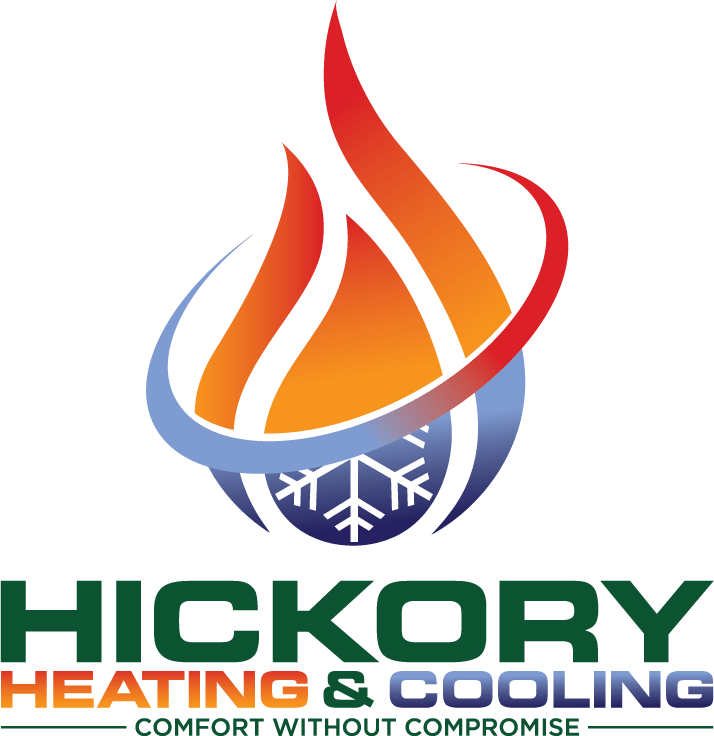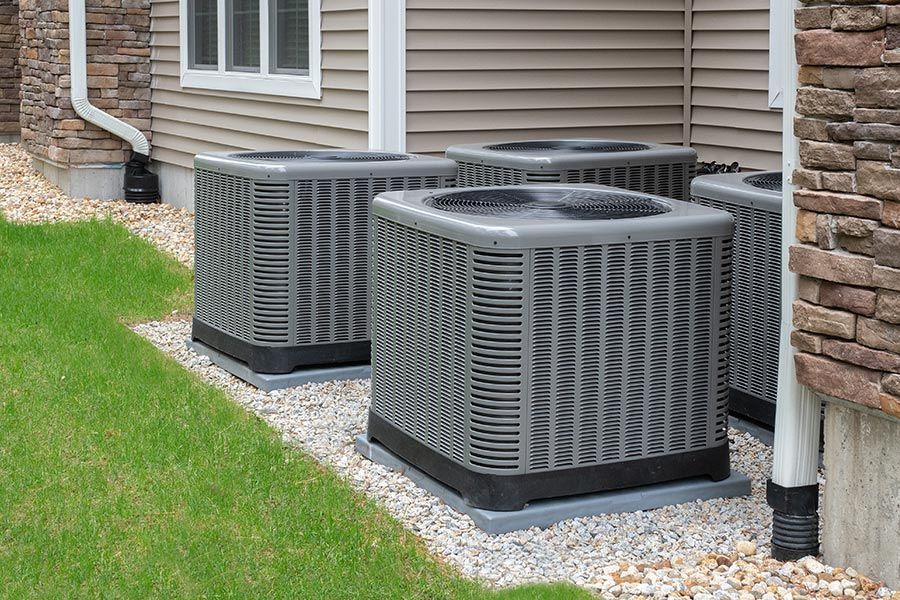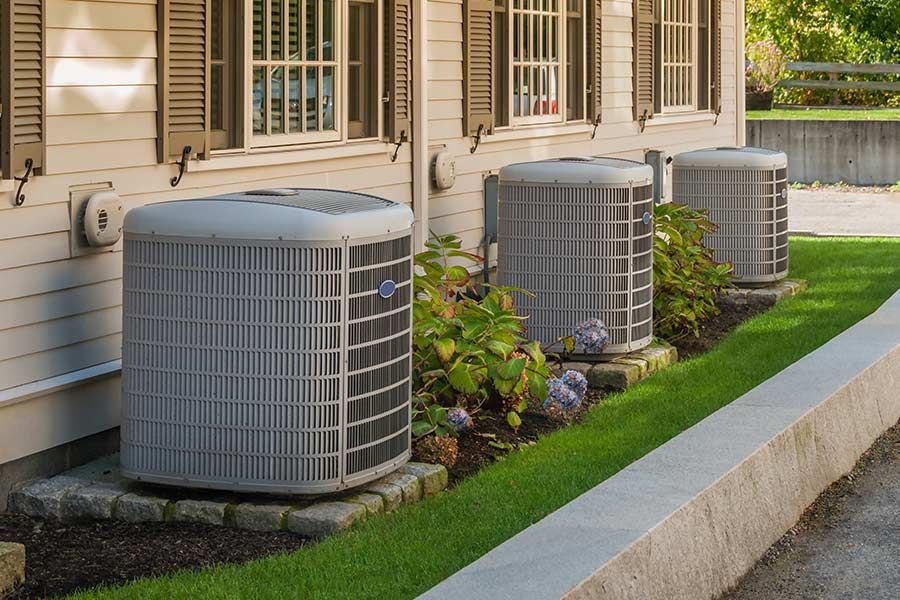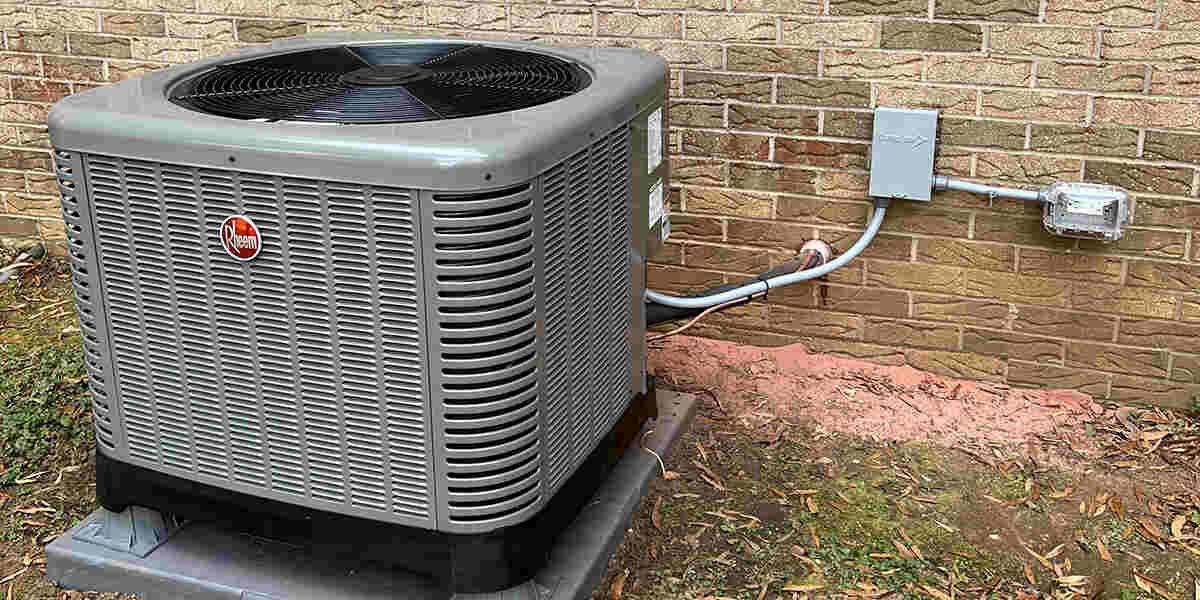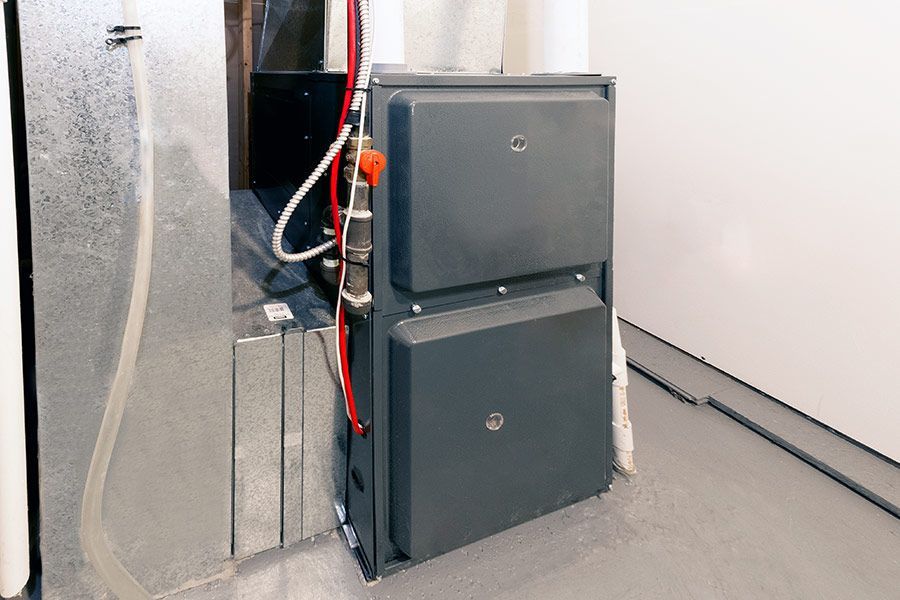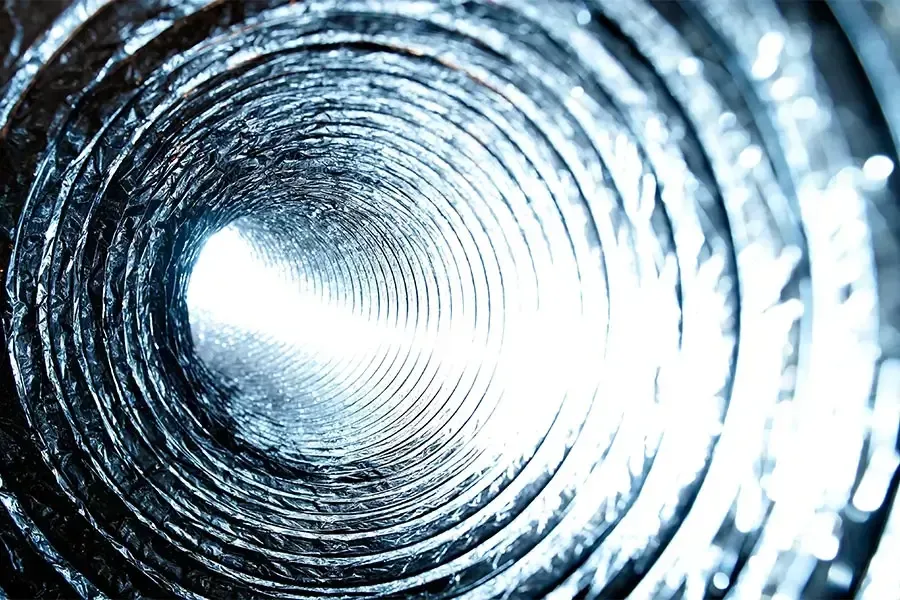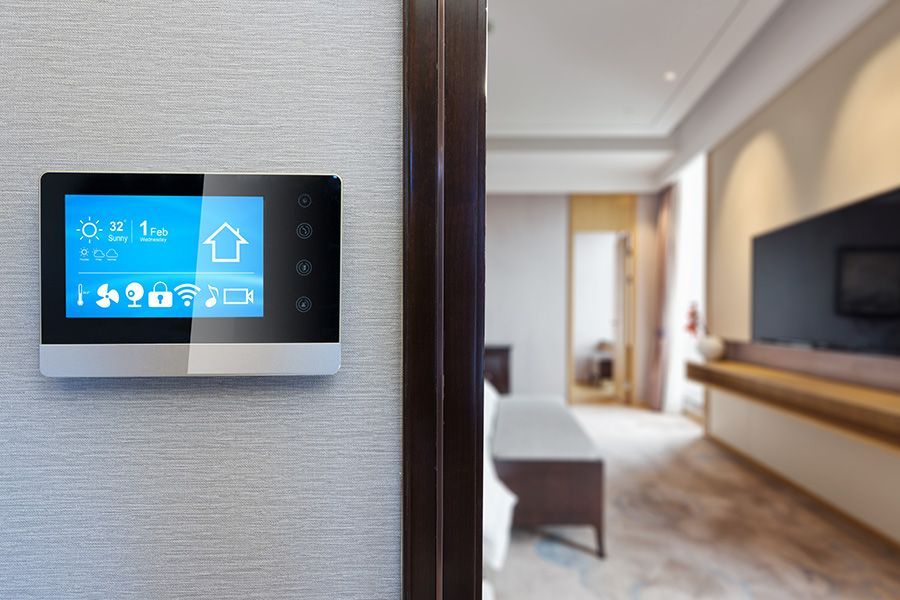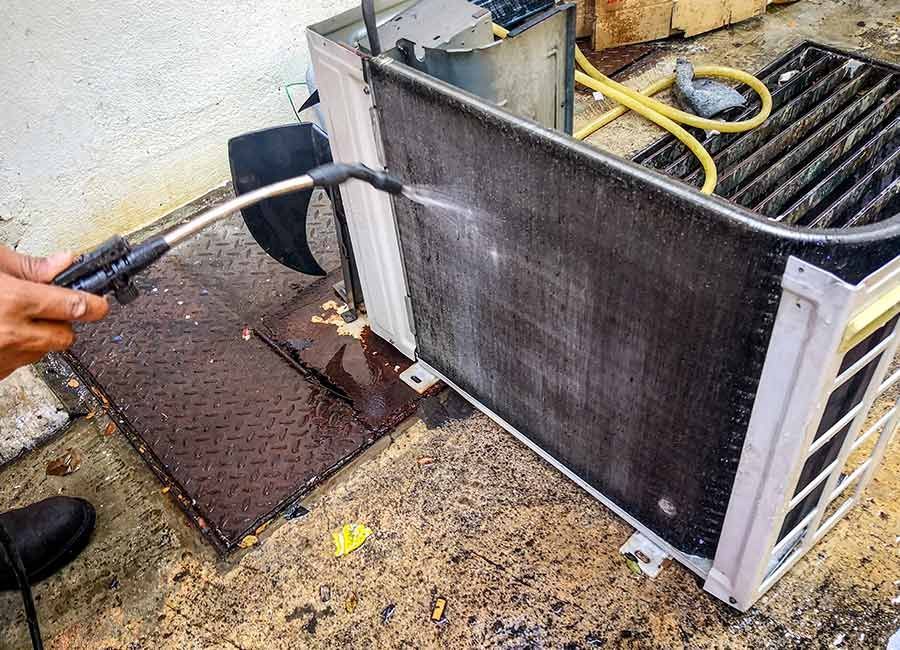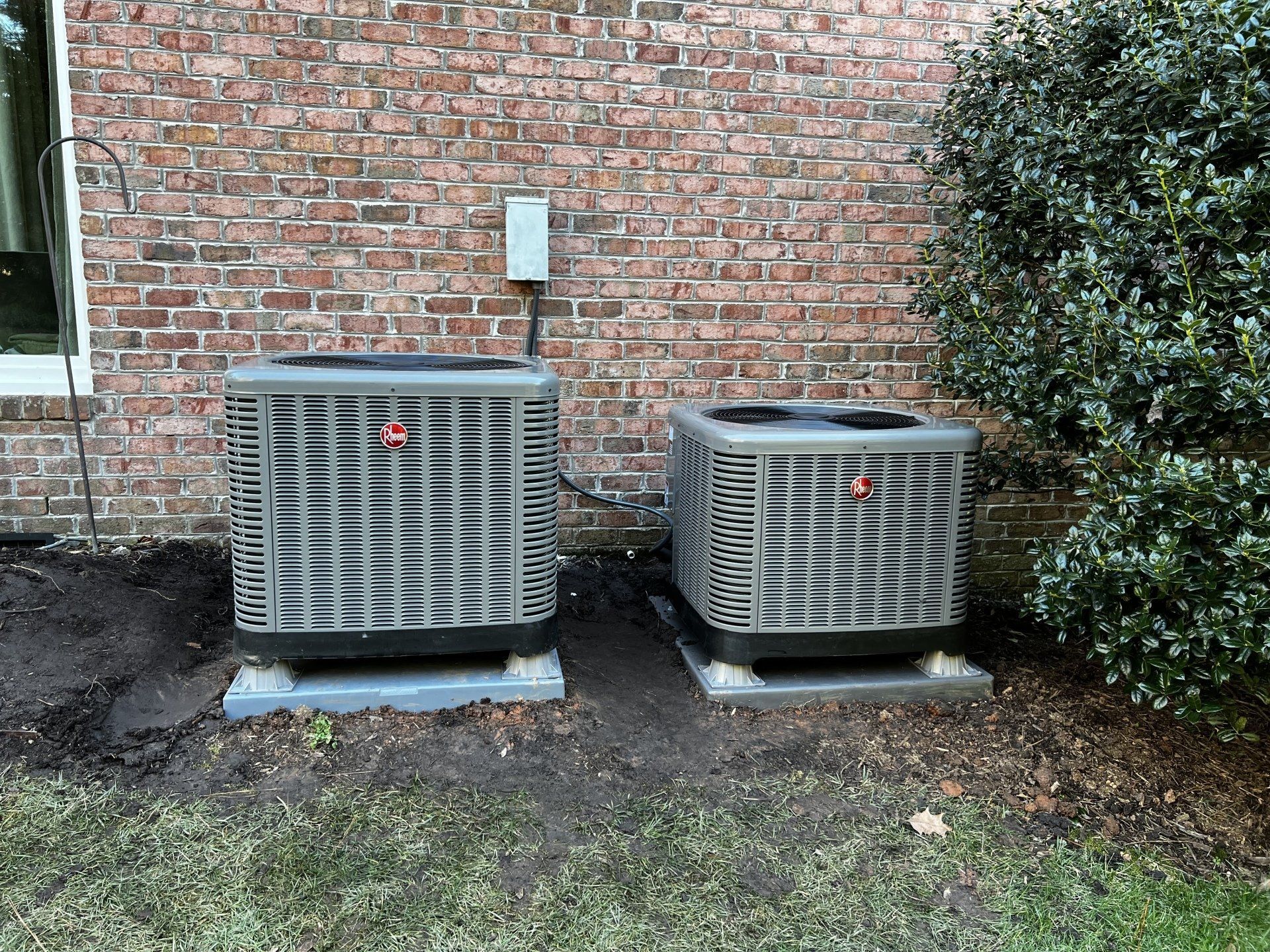Slow Blinking Red Light on Furnace: What’s Causing It?
Have you ever noticed a slow blinking red light on your furnace and wondered what it means? This common issue can be perplexing, but don’t worry; Hickory Heating & Cooling LLC is here to shed light on this topic.
Our HVAC experts will explain what the slow blinking red light on a furnace means and what to do about it. If you’re looking for furnace services near me, you’ve come to the right place.
Understanding the Slow Blinking Red Light on Your Furnace
When you see a slow-blinking red light on your furnace, it’s typically an indicator of a specific problem. This light is part of your furnace’s diagnostic system, which communicates issues that could be minor or serious. Understanding these signals is crucial for maintaining the health of your heating system.
Several issues can trigger the slow blinking red light on your furnace. Each of these problems requires a different approach to troubleshoot and resolve.
Faulty Thermostat Issues
A faulty thermostat can miscommunicate with your furnace, leading to operational issues. It’s essential to ensure your thermostat is correctly set and functioning. Sometimes, a simple battery change or reset can fix the problem.
Igniter Issues
The igniter is crucial for starting your furnace. If it’s malfunctioning, your furnace might not ignite, which could lead to a furnace lock out and a blinking light. Furnace igniter problems often require professional attention.
Gas Pressure Issues
Inadequate or irregular gas pressure can prevent your furnace from operating correctly. This issue can be complex, so you should call a qualified HVAC technician to ensure safety.
Clogged Filters
Regularly changing or cleaning your furnace filters is vital. Clogged filters restrict airflow, causing your furnace to work harder and potentially triggering the blinking light.
Steps To Take When You Notice the Blinking Light
If you encounter a slow blinking red light on your furnace, it’s crucial to start with some basic troubleshooting before escalating the issue. Begin by examining the thermostat and filters, as these are often the simplest fixes:
- Thermostat Check: Ensure that the thermostat is set to heat and the temperature is higher than the current room temperature. A thermostat that’s not set correctly or malfunctioning can cause the furnace to behave unpredictably.
- Filter Inspection: Look at the furnace filters. If they are dirty or clogged, they can restrict airflow and cause the furnace to overheat, leading to the blinking light. Replace or clean the filters every few months.
- Circuit Breaker Check: Sometimes, a tripped breaker can disrupt power to the furnace, causing the blinking light. Resetting the breaker can resolve this issue.
- Ventilation Inspection: Blocked vents can cause poor air circulation, leading to overheating and triggering the blinking light. Regularly inspect and clean vents to prevent blockages from dust, furniture, or other household items.
When To Call an HVAC Professional
If the thermostat settings are correct and the filters are clean, but the light continues to blink, it’s time to seek professional help. Tinkering with more complex components like the gas pressure regulators or the igniter can be hazardous. If you need to adjust either of these components, contact an HVAC company:
- Gas Line: Adjusting the gas pressure involves working with the gas supply, which can be extremely dangerous if you don’t handle it correctly. Incorrect pressure can lead to inefficient furnace operation or even a gas leak.
- Igniter: The igniter is a critical component that requires careful handling. A malfunctioning igniter can prevent the furnace from starting, and attempting to repair or replace it without proper knowledge can cause further damage to the furnace or pose a safety risk.
In these situations, a qualified HVAC technician can diagnose the problem accurately and ensure that repairs are done safely and effectively. They have the necessary tools and expertise to handle complex issues without risking further damage to the furnace or your safety.
Hickory Heating & Cooling LLC Can Diagnose and Fix Your Furnace Blinking Red Light
So, what does a slow-blinking red light on your furnace mean? It’s a sign that something’s not right, and it’s time to take action. Whether it’s a faulty thermostat, igniter issues, gas pressure problems, or clogged filters, Hickory Heating & Cooling LLC is here to help.
If you’re wondering if your furnace condensate drain needs a trap, we can assist with that, too. Our team of experts is ready to provide top-notch service for all your heating needs. Call us at 828-827-5224 for assistance with the slow-blinking red light on your furnace. Trust Hickory Heating & Cooling LLC to keep your home warm and comfortable.

